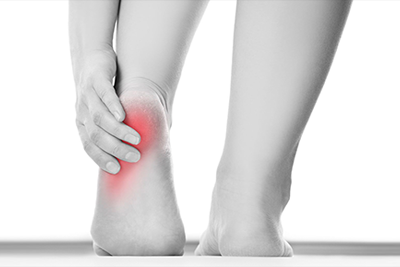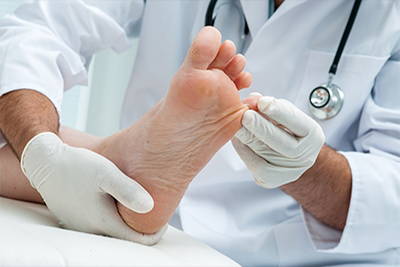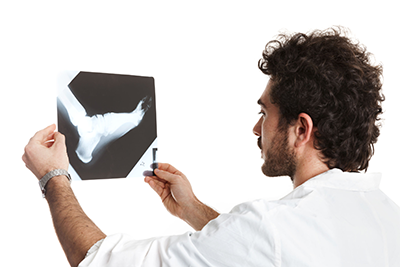Morton’s Toe
Morton's toe is the condition of a shortened first metatarsal in relation to the second metatarsal.
The most common symptom experienced due to Morton's toe is callusing and/or discomfort of the ball of the foot at the base of the second toe. The first metatarsal head would normally bear the majority of a person's body weight during the propulsive phases of gait, but because the second metatarsal head is farthest forward, the force is transferred there. Pain may also be felt in the arch of the foot, at the ankleward end of the first and second metatarsals. In shoe-wearing cultures, Morton's toe can be problematic. For instance, wearing shoes with a profile that does not accommodate a longer second toe may cause foot pain. A small (80-person) study found no statistically significant difference in the frequency of longer second toes between people with and without ingrown toenails, but tight and ill-fitting shoes are generally considered to increase the risk of ingrown toenails, and shoes are often too tight on the toes. Treatment
Asymptomatic anatomical variations in feet generally do not need treatment. Conservative treatment for foot pain with Morton's toe may involve exercises or placing a flexible pad under the first toe and metatarsal. Restoring the Morton’s toe to normal function with proprioceptive orthotics can help alleviate numerous problems of the feet such as metatarsalgia, hammer toes, bunions, Morton's neuroma, plantar fasciitis, and general fatigue of the feet. Rare cases of disabling pain are sometimes treated surgically. |
Additional Services |
Additional Conditions and Treatments
Book Your Appointment Today |









